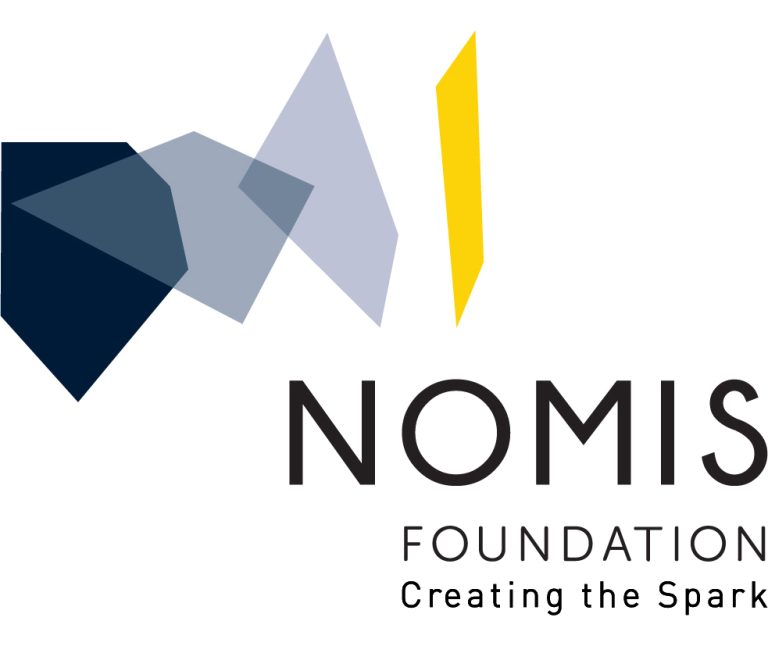Adrenaline for the early resuscitation of children with sepsis – a randomized controlled pilot study (ANDES CHILD): study protocol and analysis plan
Purpose Sepsis is a leading cause of pediatric morbidity and mortality worldwide. Current guidelines recommend fluid bolus administration of 40–60 mL/kg as part of initial resuscitation, despite limited evidence and […]
Beyond playing 20 questions with nature: Integrative experiment design in the social and behavioral sciences
The dominant paradigm of experiments in the social and behavioral sciences views an experiment as a test of a theory, where the theory is assumed to generalize beyond the experiment’s […]
A gate tunable transmon qubit in planar Ge
Gate-tunable transmons (gatemons) employing semiconductor Josephson junctions have recently emerged as building blocks for hybrid quantum circuits. In this study, we present a gatemon fabricated in planar Germanium. We induce […]
Susceptibility to childhood sepsis, contemporary management, and future directions
Sepsis disproportionally affects children across all health-care settings and is one of the leading causes of morbidity and mortality in neonatal and paediatric age groups. As shown in the first […]
The burden and contemporary epidemiology of sepsis in children
Sepsis is a dysregulated host response to infection that leads to life-threatening organ dysfunction. Half of the 50 million people affected by sepsis globally every year are neonates and children […]
Docking a flexible basket onto the core of the nuclear pore complex
The nuclear basket attaches to the nucleoplasmic side of the nuclear pore complex (NPC), coupling transcription to mRNA quality control and export. The basket expands the functional repertoire of a […]
The peripheral interior and people as infrastructure: adopting the sewer system for passage
During the Warsaw Uprising of 1944, soldiers and civilians used the city’s sewer system to move from place to place and to pass objects and information. Although many who entered […]
The Transition to Agriculture
A review of ideas about the spread of agriculture from the Near East into Europe introduces a bioarchaeological investigation of the question. Strontium isotope analysis is used to make an […]
Osseous tools and personal ornaments from the Epigravettian sequence at Badanj
The Late Upper Palaeolithic (Epigravettian) sequence at Badanj has yielded an important dataset about the occupation of the hinterland of the Eastern Adriatic catchment zone in the late Pleniglacial. The […]
Population genomics of post-glacial western Eurasia
Western Eurasia witnessed several large-scale human migrations during the Holocene. Here, to investigate the cross-continental effects of these migrations, we shotgun-sequenced 317 genomes—mainly from the Mesolithic and Neolithic periods—from across […]
NOMIS Professorship of Cognitive and Neuroeconomics, UZH

Neuroeconomics is a new academic field emerging from the intersection of neuroscience, psychology and economics. The goal of this discipline is to provide a foundation for the study of underlying neural […]
EGFR-Driven Lung Adenocarcinomas Co-opt Alveolar Macrophage Metabolism and Function to Support EGFR Signaling and Growth
The limited efficacy of currently approved immunotherapies in EGFR-driven lung adenocarcinoma (LUAD) underscores the need to better understand alternative mechanisms governing local immunosuppression to fuel novel therapies. Elevated surfactant and […]
Tardinomis – Decrypting Cryptobiosis in Tardigrades

Tardigrades are extraordinary beings that have been sent to outer space and found to survive after returning to earth. Commonly known as water bears or moss piglets, these microscopic animals […]
Converting Geospatial Observations into Socioeconomic Data

The World Data Lab (WDL), along with its research partners, aimed to deploy new methods in data collection, data curation and dissemination, laying the groundwork to advance social and economic […]
Future Earth PEGASuS 2—Ocean Sustainability

The Future Earth PEGASuS 2—Ocean Sustainability project built on the Future Earth Program for Early-Phase Grants Advancing Sustainability Science (PEGASuS), which aimed to develop effective research communities around three major […]
Remotely Sensing Ecological Genomics

The world’s ecosystems are losing biodiversity at unprecedented rates. Humans, who have become a dominant evolutionary force in the Anthropocene, are strongly impacting biodiversity, and there is increasing evidence that […]
Microbiome Biology and Social Networks in the Developing World

When we humans interact with each other to create face-to-face social networks, we create a fertile world that bacteria need to live. The social forces that shape this world have […]
Using Triangulation to Characterize the Neurocomputational Basis of Simple Choice

Antonio Rangel and his team are trying to understand how the brain assigns value to various options when faced with a choice, identifying the regions of the brain that encode […]
Deciphering the Evolutionary Origins of Human Brain Uniqueness

Humans exhibit unique cognitive features, including the emergence of complex forms of written and oral communication, our propensity to develop new technologies and our ability to produce artistic representations of […]
The Computer Science of Human Decisions

How do people trade off risk and reward? How do people decide how long they are willing to wait for a good thing? How do societies converge on good strategies […]
Unbiased Discovery of Heterogeneous DNA Repair Preferences

The DNA in our cells is damaged every time we go out in the sun, drink a glass of wine or even just sit perfectly still while our cells divide. […]

